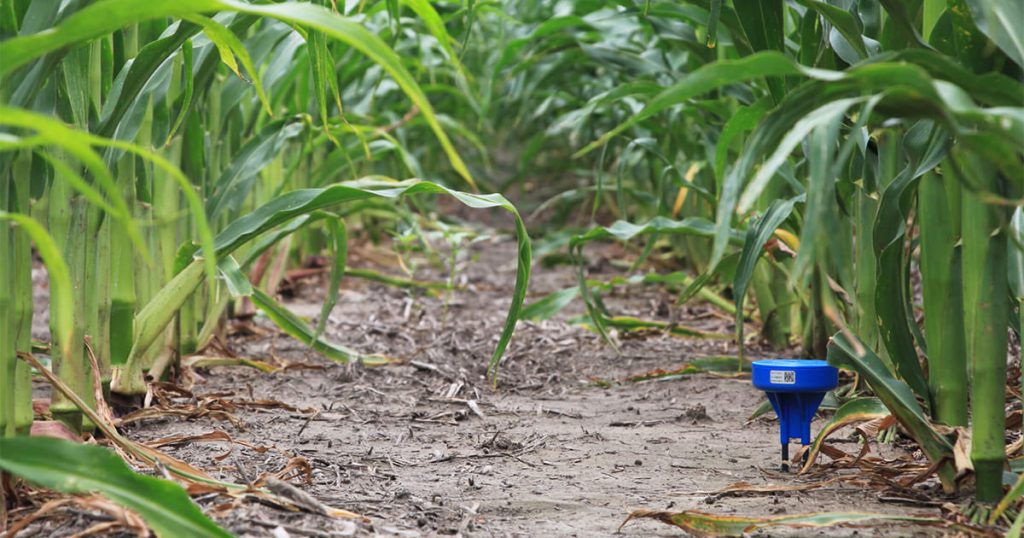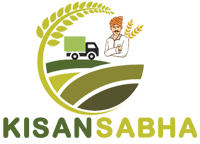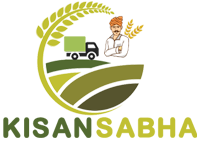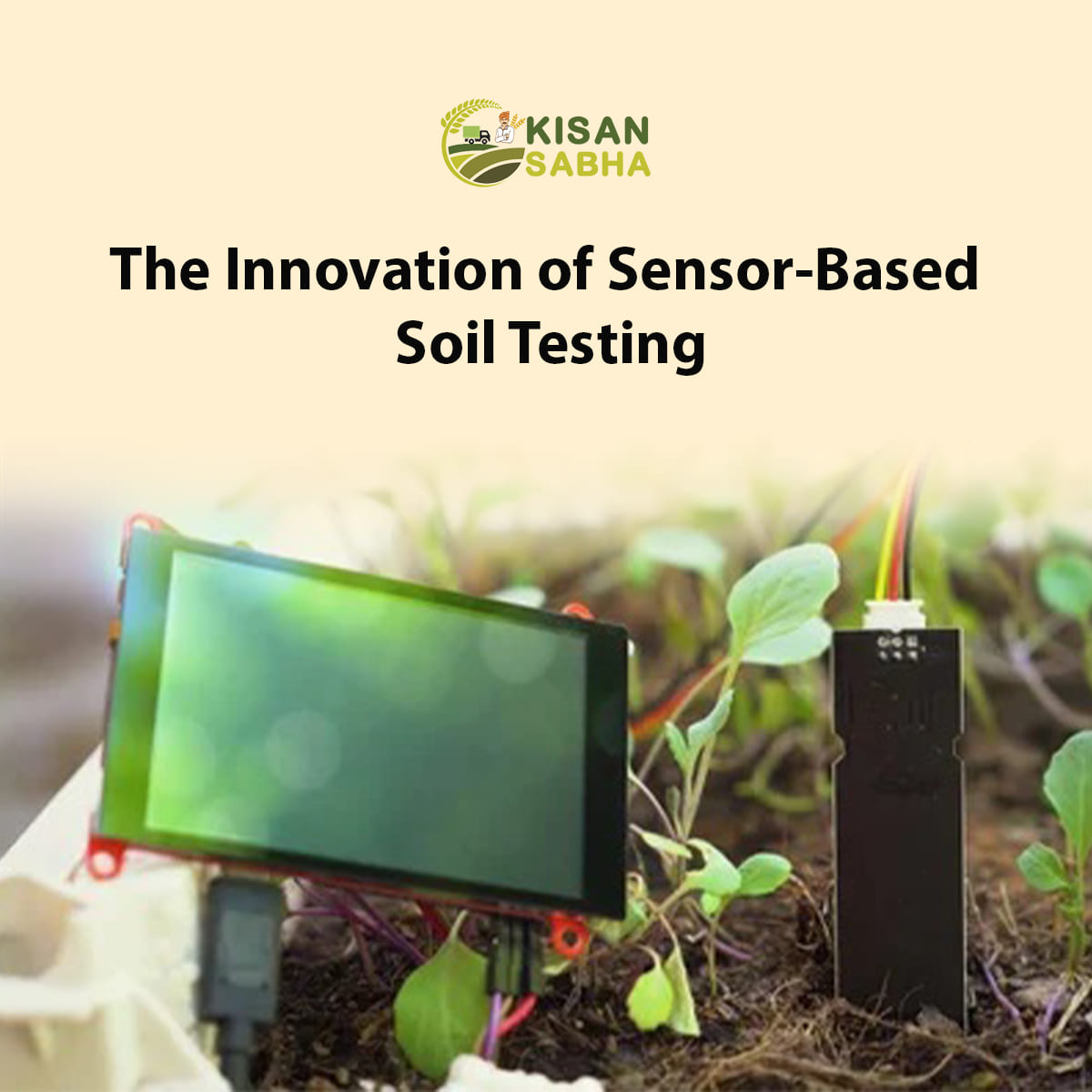For generations, farmers have relied on traditional lab-based soil testing to determine key characteristics of their land. While lab tests provide detailed analysis, the process is time-consuming. New sensor-based technologies enable real-time in-field soil testing for more informed data-driven decisions.

Benefits of Real-Time Sensor Soil Testing
Sensor-based soil analyzers are a groundbreaking innovation for several reasons:
- Results in seconds rather than days allow quick adjustment of inputs.
- Testing can be performed continually to track changes over time.
- Provides data at exact sampling locations for site-specific management.
- Minimal training is needed compared to lab procedures.
- Lower cost per test than external lab fees.
With lab methods, soil samples are collected, sent to a facility, analyzed by technicians, and results are returned to the farmer days or weeks later. However real-time data is invaluable for optimization for time-sensitive operations like fertilizer application.
How Portable Soil Sensors Work?
These devices utilize a variety of sensor technologies to analyze the physical and chemical composition of soil rapidly. Here are some of the science and engineering principles behind the sensors:
- Optical sensors evaluate light reflectance from soil to estimate organic matter and clay content.
- Electromagnetic sensors measure soil electrical conductivity. Higher EC correlates to increased nutrient levels.
- Ion-selective electrodes detect concentrations of elements like nitrogen, potassium, or sodium ions.
- NIR spectrometers use absorption spectra of near-infrared light to determine organic matter, pH, and nutrients.
- Soil temperature and moisture sensors assess growing conditions.
Advanced algorithms combine the sensor readings to instantly calculate values such as nutrient levels, soil texture classification, and pH.

Key Metrics and How They Help Farmers?
Portable soil analyzers provide real-time data on the most critical metrics for crop management:
Organic Matter:- Organic matter promotes soil fertility and structure. Sensors help optimize inputs to prevent over-amendment.
PH Levels:– The soil pH affects nutrient availability. Sensors allow precise real-time monitoring of pH fluctuations.
Macronutrients:– Nitrogen, phosphorus, and potassium levels directly impact plant growth and yield. Sensors guide fertilizer application.
Micronutrients:– Zinc, iron, manganese, and copper are vital for crop health. Sensors detect deficiencies.
Cation Exchange Capacity:– CEC indicates nutrient-holding ability. Sensors identify areas prone to leaching.
Salinity: – Excess salts reduce crop quality and growth. Sensors help track salinity issues.
Texture:– Clay or sand content impacts drainage and retention. Sensors classify exact soil texture.
This data empowers farmers to make informed management decisions to maximize yields specific to current conditions in each field.
Also Read:- Understanding the Importance of Integrated Crop Management
Democratizing Data Analysis
Traditionally, interpreting soil sample lab results required specialized expertise in soil science and agronomy that typical farmers may lack. This made it hard to derive meaningful insights from the data.
Sensor-based soil analyzers democratize data usage by providing easy-to-understand metrics and recommendations that farmers can act on right away.
The data visualization and analysis are built into intuitive software tailored to farmers’ needs. Tests are geotagged with GPS coordinates so inputs can be fine-tuned location by location based on real-time conditions.
Limitations and Challenges
While an exciting innovation, in-field soil sensor technologies do face some limitations currently:
- Readings are affected by natural soil variability and moisture content.
- Testing small volumes of soil increases variability vs lab methods.
- Lack of standardized calibration procedures across devices.
- Difficulty obtaining accurate readings at extreme ends of measurement ranges.
- The upfront cost of devices may be prohibitive for some growers.
Additionally, proper sampling techniques are still critical to obtain representative results with sensors. Ongoing validation against lab testing helps assure quality control.
But despite these present challenges, the technology continues to rapidly advance in accuracy, usability, and affordability.
The Future of On-site Soil Analysis
Real-time portable soil sensors are poised to become mainstream tools, providing farmers unprecedented insights into the highly variable soil environment.
As the technology improves, onboard GPS and wireless connectivity will enable precise soil mapping and seamless data integration into farm management information systems. Sensors will link with automated variable rate input applicators.
With further work on standardization and algorithms, sensor-based analysis could even provide holistic assessments like soil microbial activity and structural integrity.
The convenience and immediacy of rapid on-site soil testing deliver a wealth of advantages over traditional lab methods. By tapping the full potential of sensor technologies, farmers can usher in a new era of efficiently tailored, sustainable soil management practices.
Conclusion
In conclusion, sensor-based soil testing has revolutionized the agriculture industry by providing real-time results and improving the efficiency of farming practices. It allows for more targeted and precise farming, reduces the risk of human error, and promotes sustainable agriculture. As the world’s population continues to grow, the demand for food production will increase, and farmers will need to optimize their soil conditions to meet this demand. Sensor-based testing provides the necessary tools for farmers to achieve this goal and ensure a more sustainable future for agriculture.



